Thanks for giving a value able information about 8 Ideas About the Human Body We Never Questioned and I also thank to those who are providing value able information to the people regarding health. I suggest if any one wants to get more information regarding health
You Can visit here
8 Ideas About the Human Body We Never Questioned
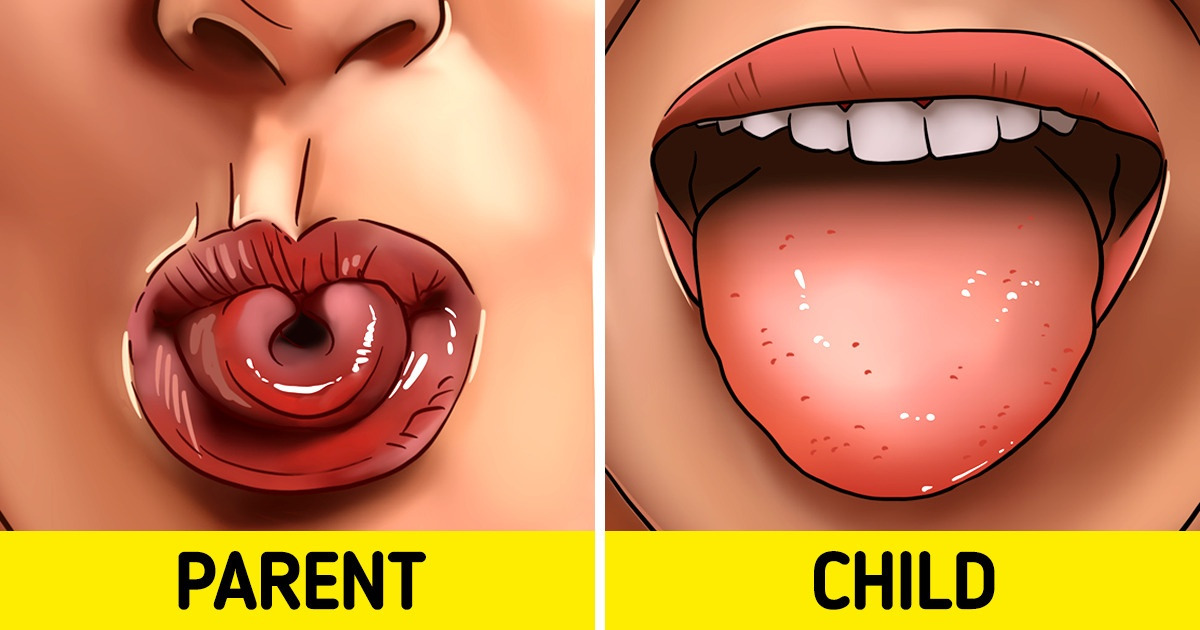
Every myth starts with some amount of common-sense logic and a pinch of misinformation. Since people have a tendency to share these falsehoods and present them as scientific facts, we are now surrounded by numerous inaccurate facts about our bodies. Thankfully, scientific research enables us to fact-check those claims.
We at Bright Side believe that there is a clear distinction between science and urban legends, as it can sometimes save our lives. Because of that, we bring you 8 false claims about the human body, debunked by science.
1. Your dog’s sense of smell is not stronger than your own.

We often hear stories about dogs’ superior sense of smell. The myth probably started with the nineteenth-century neuroanatomist, Paul Broca, who marked humans as “non-smellers.” Even though Broca didn’t provide any sensory testing to support that claim, it has been widely accepted until recently. However, the truth is that different species can identify different types of scents. Therefore, our canine friends don’t have a stronger sense of smell. Instead, our noses differ, which means we are sensitive to different kinds of smells.
2. Your fingerprints are probably not unique.
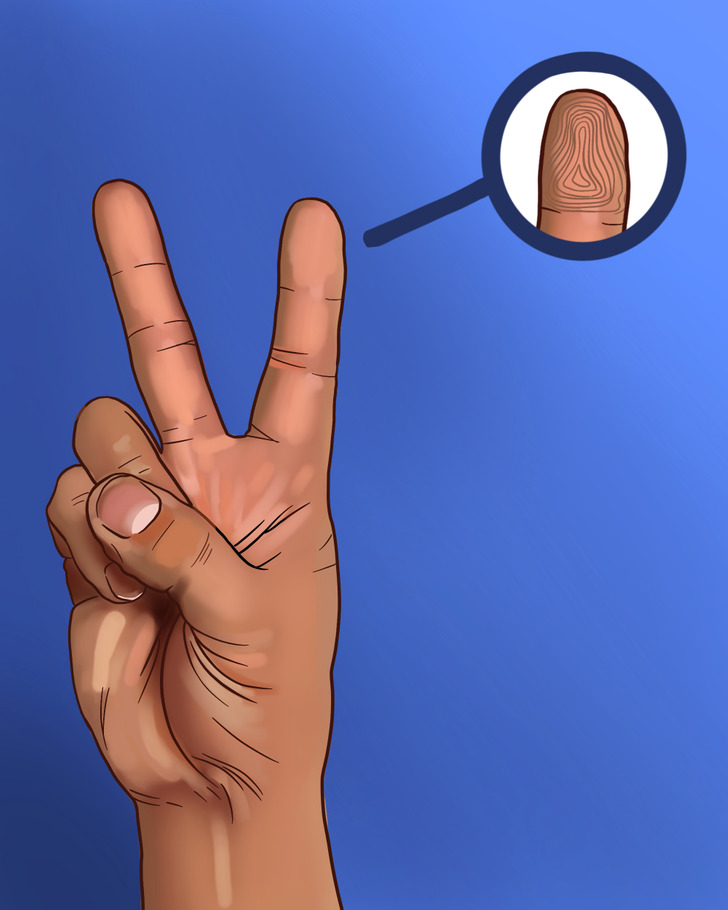
Another widely accepted misconception from the nineteenth century is that our fingertips are unique. Because of that, whorls, loops, and arches on our fingers have played a major role in forensic investigations for more than a century. However, scientists revealed that it may be a flawed way of finding identification, as there are all sorts of things that reduce the accuracy. Furthermore, a study from 2005 details the 22 known cases of fingertips mistakes where people were accused of crimes they didn’t commit.
3. There are no “taste sections” on your tongue.
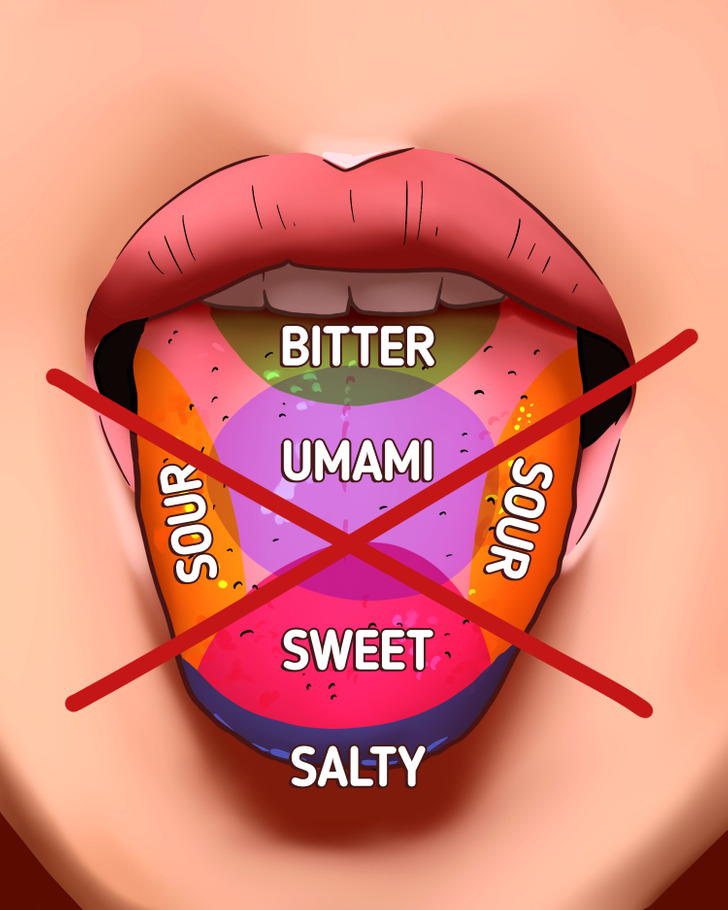
A tongue map is probably the most common illustration we see when we learn about taste. Kids in schools are usually told that the ability to taste sweet, salty, sour, and bitter is sectioned off to different parts of the tongue. In fact, the notion about “taste sections” is a misinterpretation of the study on how strong a taste had to be so it can be registered in different parts of the mouth. Science debunked this myth a long time ago by showing that receptors for all tastes can be found throughout the mouth.
4. You’re using way more than 10% of your brain, even when you’re sleeping.
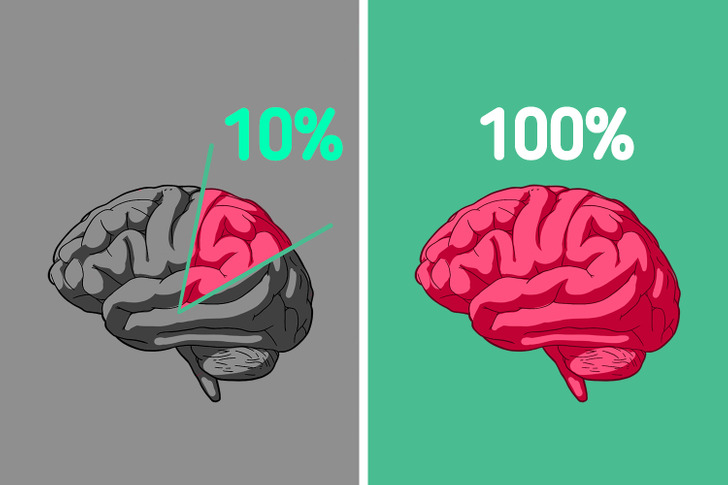
It’s not clear where “the 10% myth” originates from, but many people believe it’s a scientific fact, even though it has been debunked numerous times. One of the methods scientists used to discredit this misconception is called functional magnetic resonance imaging (fMRI). Using this method, they measure activity in the brain while a person performs different tasks. Results of the experiments have shown us that most of our brain is in use most of the time. The exact percentage of the brain in use at any given time varies from person to person and also depends on what a person is doing or thinking about.
5. Rolling the tongue is not a genetic trait.
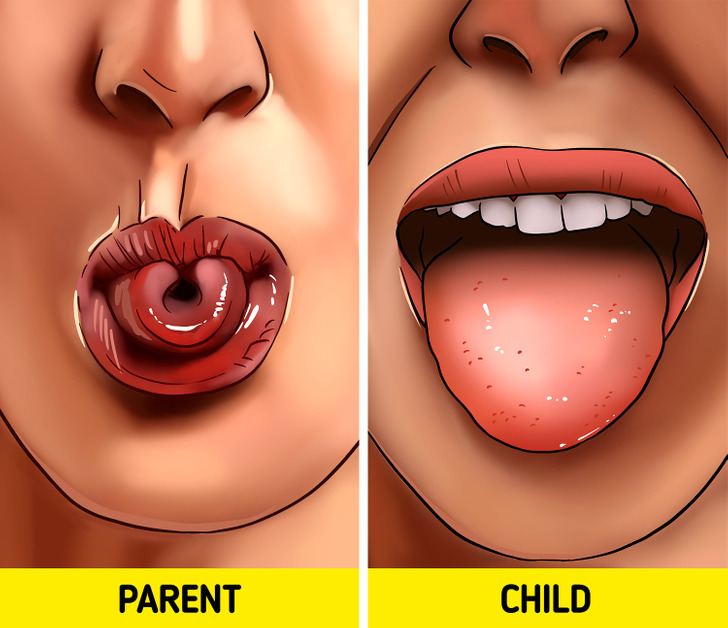
Biology teachers often teach their students that the ability to roll one’s tongue is based on a dominant gene. However, geneticist Philip Matlock disproved this theory, demonstrating that 7 out of 33 twins didn’t share that gift. Since identical twins share the same genes, they should share this trait, which is not the case. Thus, genes are clearly not the deciding factor for tongue rolling. Unfortunately, the misconception persists even though it was debunked more than 6 decades ago.
6. You have way more than only 5 senses.
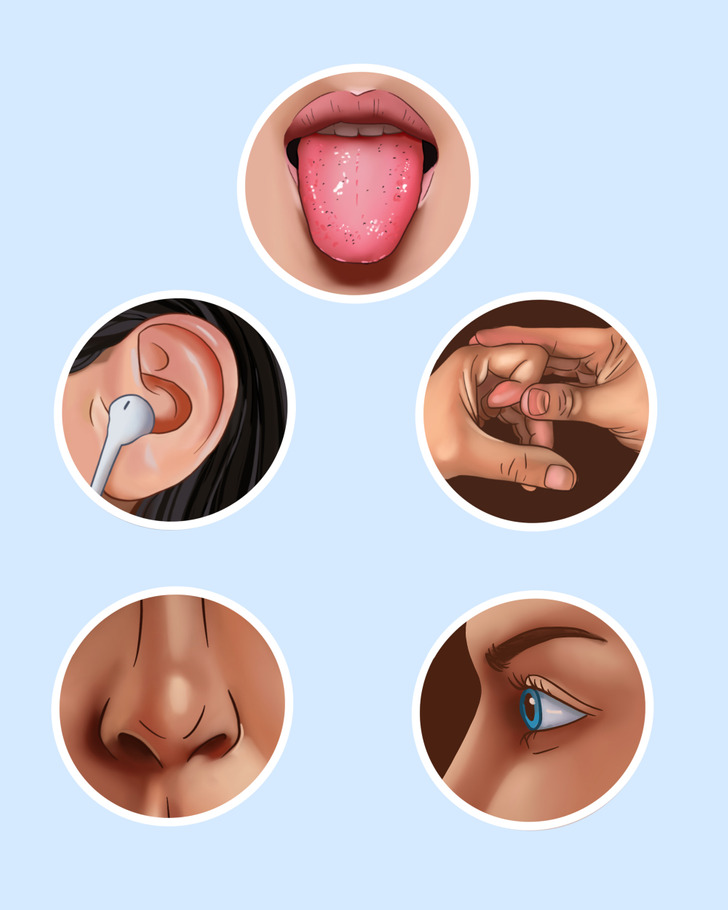
The fact that we have only 5 senses originates from old Greek philosophy, precisely from Aristotle, who argued that “for every sense, there is a sense organ.” Although more than 2,000 years have passed since then, children are still taught that humans possess only a sense of sight, hearing, taste, touch, and smell. In reality, scientists estimate that we might have up to 33 senses. These include senses of thirst, balance, temperature, and many more that are necessary for survival.
7. Knuckle-cracking doesn’t increase the risk of arthritis.
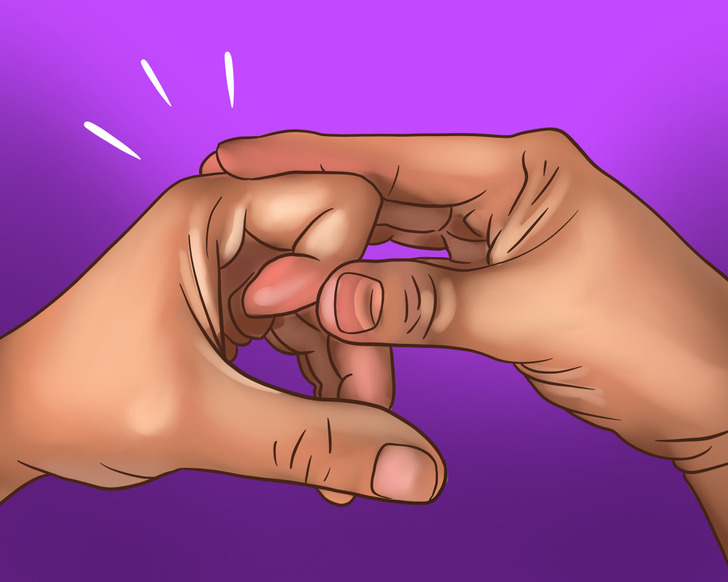
The idea that cracking knuckles will raise the chances for arthritis has a certain logic. It is not unreasonable to believe that putting pressure on your joints habitually over years will leave some damage. The good news is that there is actually no link between this habit and a higher incidence of arthritis. However, it does not mean you should continue doing it, as it can be quite irritating for people around you.
8. Swimming after eating a large meal won’t give you cramps.
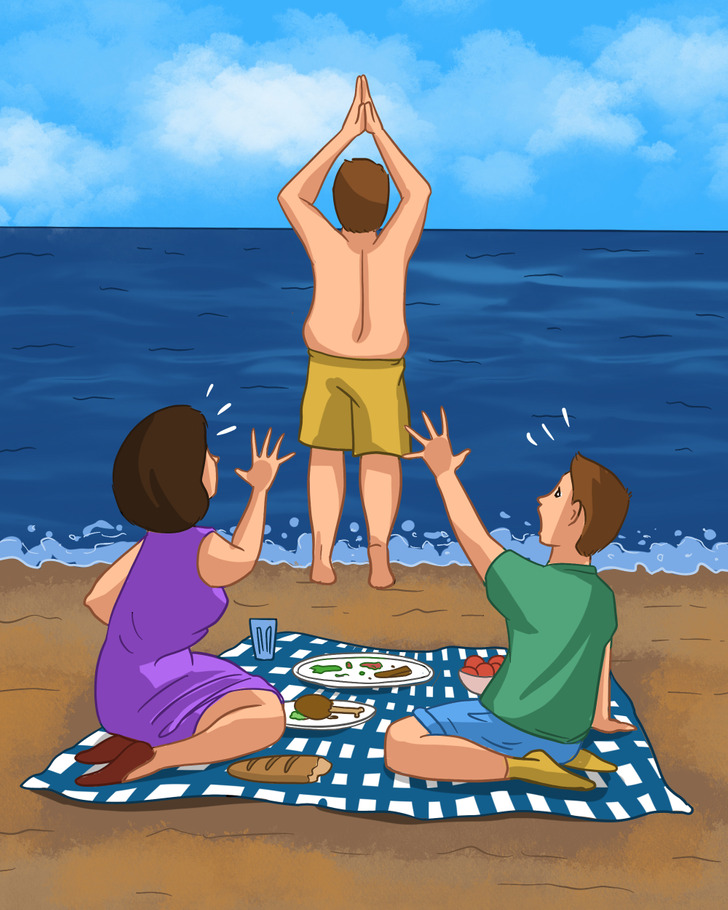
The general idea behind this myth is that eating a large meal will increase the amount of blood flow to the stomach instead of muscles, leading to the increased risk of a swimmer’s cramp. The origins of this theory are unclear, but the theory itself is wrong anyway. You probably won’t feel comfortable swimming immediately after eating a heavy meal, but it will by no means cause cramping and drowning. However, eating a small carbohydrate-rich snack not long before a swim is a good idea as it will provide you with energy.
Which of these myths did you believe to be true?
Comments
Thanks and also you can visit
Related Reads
18 Women That Took Part in Transformation Shows and Became Completely New People
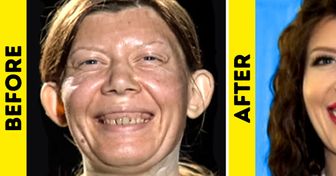
20+ People Who Didn’t Realize How Beautiful They Were Until They Got a Complete Makeover

What Your Sleeping Position Reveals About Your Personality
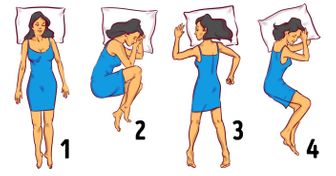
8 Differences Between Men and Women Very Few People Know About
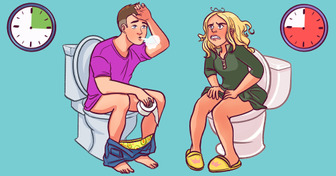
10 Early Signs That Your Partner Will Break Your Heart

How 15 Stars Would Look If They Arrived on the Red Carpet Without Any Makeup

My MIL Mocked Me at My Husband’s Birthday Party—I Gave Her a Brutal Reality Check

15+ Mothers-in-Law Who Can Turn an Ordinary Day Into a Comedy Show

I Walked Out of the Family Reunion After My Stepdaughter Handed Me a List of “Rules”

I Refuse to Keep Paying for “Family Trips” I Never Get to Go On

14 Mother-in-Law Moments That Became a Legendary Family Story

13 Plot Twists So Wild, They Could Make Spielberg Say, “I Wish I Directed That”
